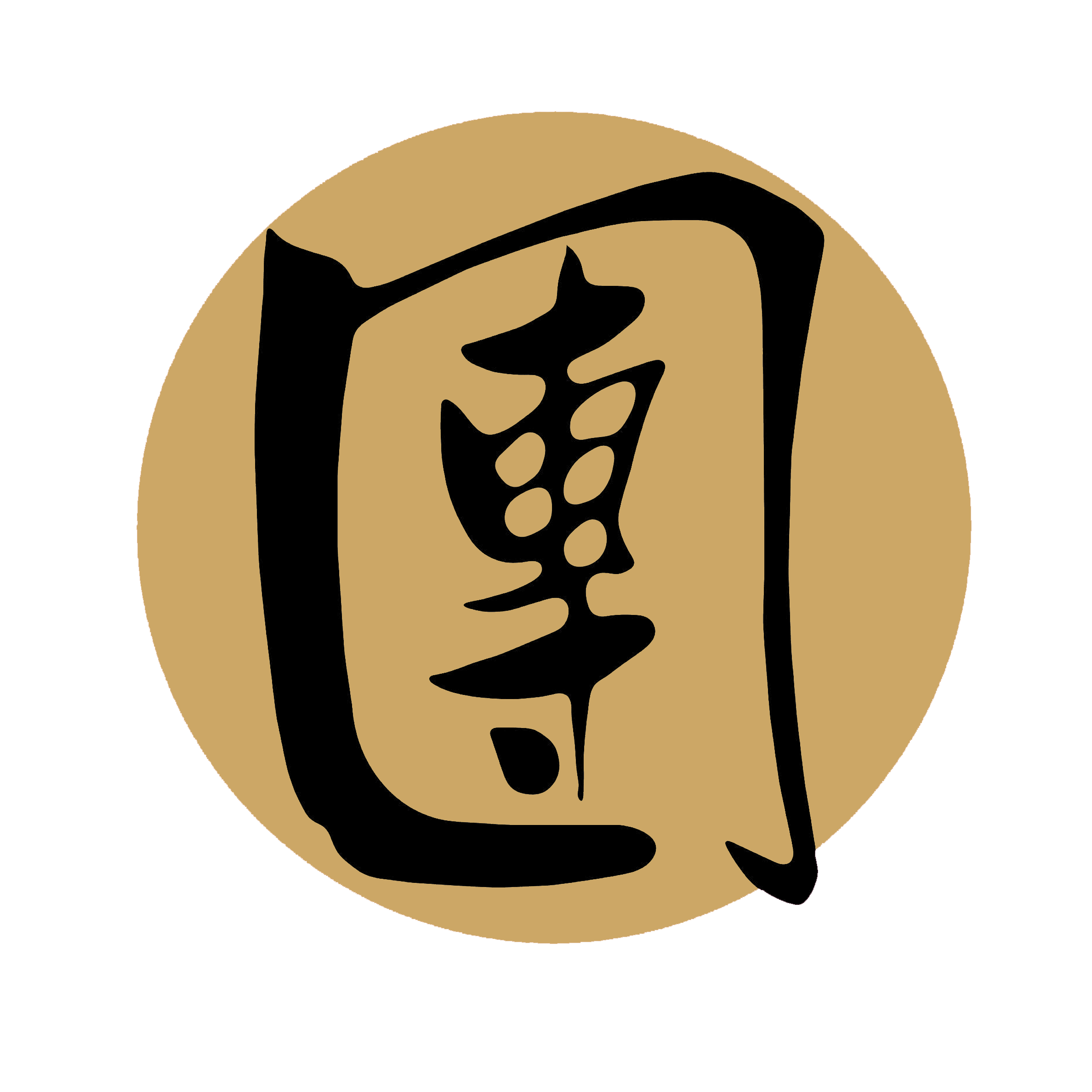37. Jang: Choy Li Fut Kung Fu Technique
Jang: Harnessing the Power of Elbows in Martial Arts
Jang, or the elbow strike, is a formidable technique utilized in various martial arts disciplines. With its close-range effectiveness and devastating impact, the elbow strike is a key component of many combat systems. In this article, we will explore the mechanics, applications, and training methods of Jang, shedding light on its importance and effectiveness in martial arts.
The execution of Jang involves delivering a strike with the elbow, utilizing the body's natural structure and power. Unlike other striking techniques that primarily utilize the fists or feet, Jang harnesses the strength and compactness of the elbow joint. By focusing the force through the elbow, practitioners can generate significant power in a short distance, making it a valuable tool in close-quarters combat.
The mechanics of Jang require proper body alignment and positioning. The striking elbow should be aligned with the target, allowing for maximum transfer of force upon impact. The practitioner's stance, balance, and body rotation play a crucial role in generating power and maintaining stability throughout the strike. With practice, martial artists can develop the ability to deliver swift and powerful elbow strikes with precision and accuracy.
The applications of Jang are diverse and adaptable to various combat scenarios. In self-defense situations, the elbow strike is particularly effective in close-quarters encounters where punches or kicks may be restricted. The elbows can be used to target vulnerable areas such as the head, face, ribs, or even the opponent's limbs. With proper technique and timing, Jang can deliver devastating strikes that incapacitate or stun the opponent, creating opportunities for follow-up techniques or escape.
Training in Jang involves a combination of solo drills, partner exercises, and pad work. Solo drills focus on developing the fundamental mechanics of the elbow strike, including body alignment, footwork, and striking technique. Partner exercises allow practitioners to practice Jang in controlled scenarios, honing their accuracy, timing, and adaptability. Incorporating focus pads or heavy bags into training enables practitioners to refine their power and precision, simulating real-life impact.
Beyond its practical applications, Jang holds deeper significance in martial arts philosophy. The elbow, being a hard and durable part of the body, symbolizes resilience and strength. By training in Jang, practitioners not only develop physical attributes but also cultivate mental fortitude, discipline, and determination. The practice of Jang becomes a vehicle for personal growth, empowering individuals to overcome challenges and confront adversity with unwavering resolve.
Ethical considerations are vital when employing Jang or any martial arts technique. Practitioners must exercise restraint, using Jang responsibly and only in self-defense or controlled training environments. Respecting the safety and well-being of training partners is paramount, avoiding unnecessary harm or excessive force. Ethical conduct, sportsmanship, and mutual respect should always guide the practice of Jang and martial arts as a whole.
In conclusion, Jang, the elbow strike, is a potent and effective technique in martial arts. Its close-range power and versatility make it a valuable asset for practitioners. By understanding the mechanics, training methods, and ethical considerations associated with Jang, martial artists can enhance their combat skills, develop mental resilience, and embody the indomitable spirit of the elbow in their practice.

